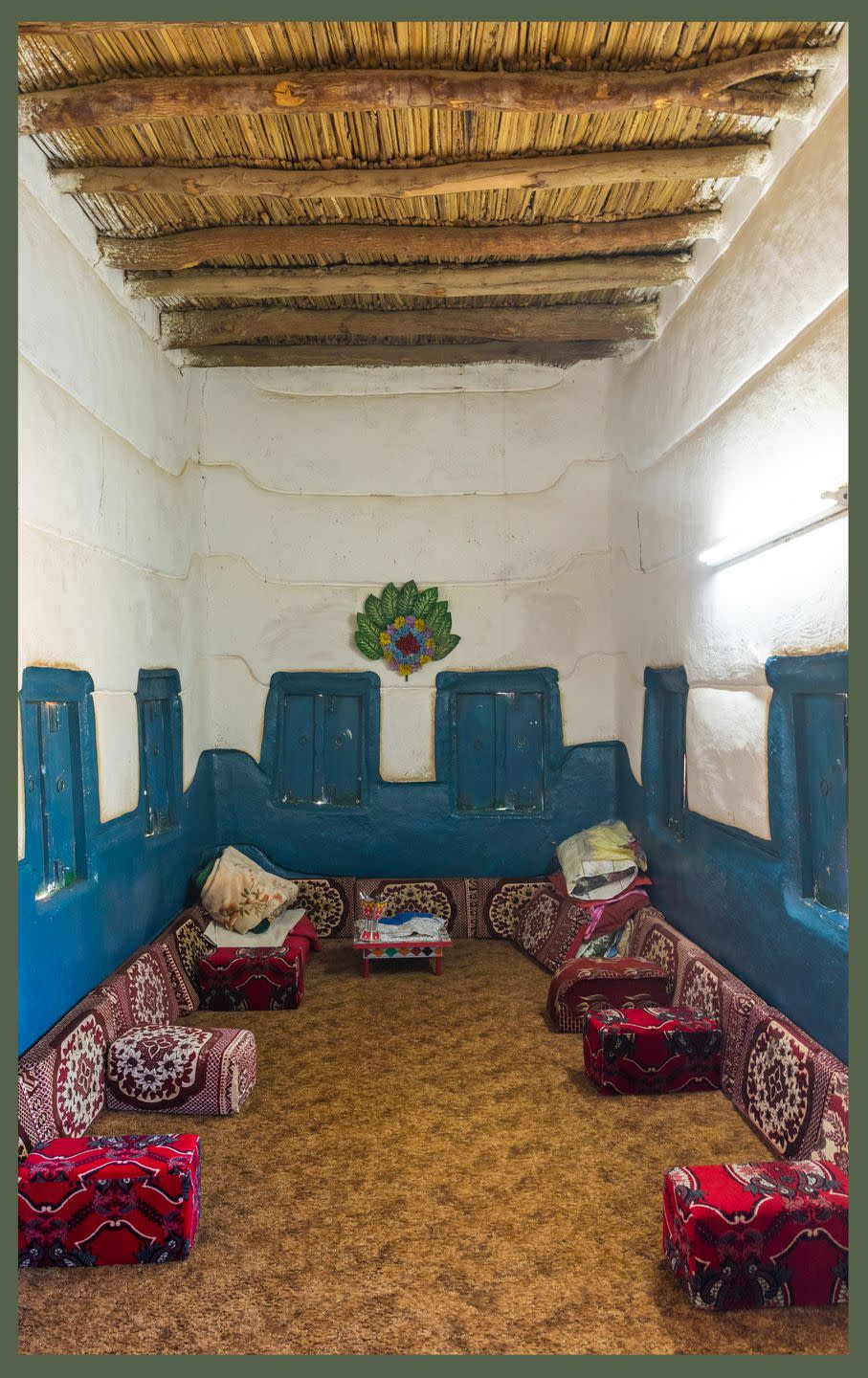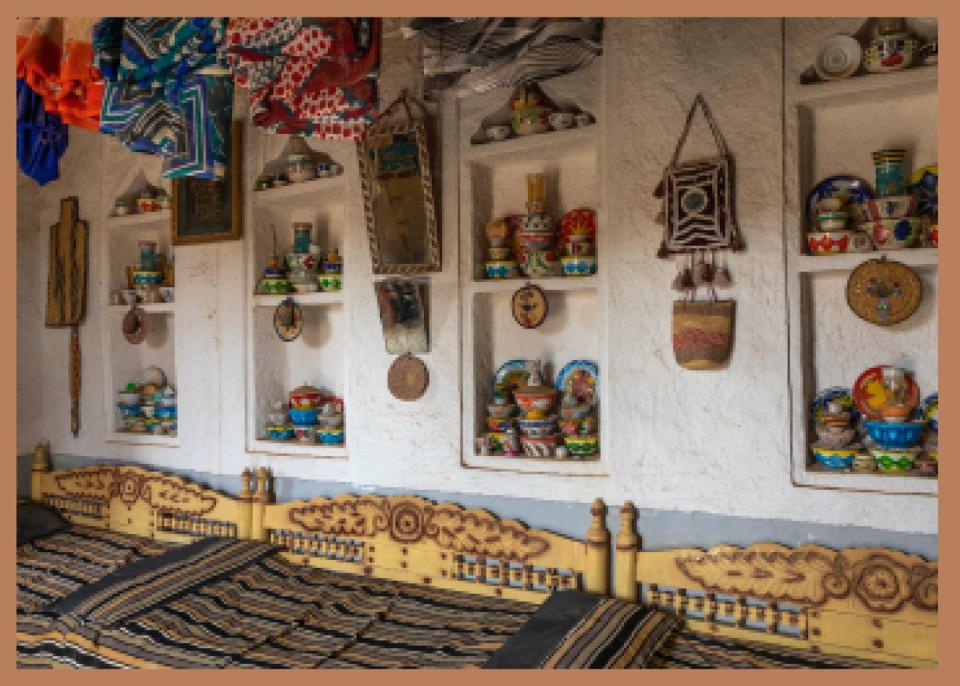Why the Arab Tradition of the Majlis Is a Great Design Lesson

“Leave your footwear out,” instructed my guide Anisa. I was at the Al Fahidi historical district of old Dubai visiting a traditional Arab home. Anisa guided me to the majlis, a formal "place of sitting" in the house. Arabs prefer not to wear footwear in the majlis.
Arab hospitality is legendary and the majlis is at the heart of this culture. It is at the majlis that the guests are extended courtesies. In the days when Bedouins roamed the desert, such gatherings Bayt Al She’r, referred to the goat hair tent that served as the majlis, a meeting place for the tribe members and important guests. The majlis hosted by family elders, chieftains and Sheikhs are called barza. The gathering encouraged an atmosphere of free speech and constructive dialogue among the attendees.
While the tents gave way to more permanent structures amidst modern influence, the Arabs continued to preserve their traditions through evolved version of the space. In 2015, UAE, Oman, Qatar and Saudi Arabia jointly inscribed the ‘majlis’ on UNESCO’s representative list of Intangible Cultural Heritage of Humanity, endorsing its cultural importance.

Similar to a parlor, a majlis is the largest room of Arab house for receiving and entertaining guests with a separate entryway and larger entrance door. Traditionally, it was the only room, which had windows opening into the street.
The men congregate at the majlis to discuss religious, political and trade matters or even to request help from the head of the tribe. The young of the family learn about hosting etiquettes, traditions and their culture through storytelling or Nabati poetry recitals, folk songs and general discourse at the majlis. Women have their separate majlis that serves similar purpose in imparting oral heritage and a private tête-à-tête. Modern gadgets such as televisions are preferably discouraged in the majlis. "Majlis is meant for interaction among people. Not for distractions of television," says Khalid Al Mulla, the owner of the house I visited.
Most elaborately and elegantly decorated, a typical majlis in Arab homes aims for comfort during long periods of interaction. Low seating is preferred to allow attendees to relax with folded legs. Traditionally, the room had doshak or Arabic mattresses along the walls with traditional cushions (tekay) as back rests. In the event of a very distinguished guest who may be addressing the gathering, the doshak was placed in the center to accomodate the prominent speaker. Some modern homes have upgraded to luxurious interiors with upholstered sofas and exquisite lush carpets.

Offering a freshly brewed gahwa, or Arabic coffee, is the first gesture of welcome in an Arab home. It is therefore not unusual for a majlis to be equipped with a special stove or kawar for preparing the fresh hot brew. The center of the room is usually reserved for the traditional coffee pot (dallah) and set of small handle less cups called finjan accompanied with a bowl of dates and fresh fruits either placed on a circular hand woven palm fronds mat or a central table.
Another ubiquitous and very important feature of majlis is the incense burner or mabkhara. Arabs are partial to the aromas of Oud, Safran, or Santalum. A fragrant space not only diffuses staleness in the air of an interior space but also is inviting for the guests. A bearer carries incense burner around the majlis for guests to enjoy the pleasing scents.
With the changing times, the concept of majlis has prevailed, even if the setting has become more modern. But Arabs believe that teaching the younger generation about the traditions of of majlis is more important now than ever. After all, the lessons of conversation and human connection never go out of style.
Follow House Beautiful on Instagram.
You Might Also Like


